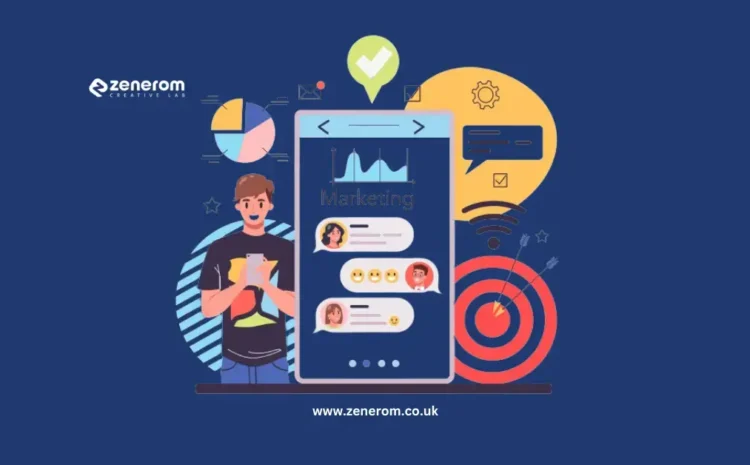The Power of One: Unifying Your Digital Marketing Channels with Omnichannel Strategies
In today’s digital landscape, consumers are bombarded with messages across a multitude of channels. From social media feeds to email inboxes and search engine results pages (SERPs), capturing and maintaining attention requires a cohesive strategy. This is where the concept of omnichannel marketing comes into play
What is Omnichannel Marketing?
Omnichannel marketing transcends the siloed approach of individual marketing channels. It focuses on creating a unified customer experience across all touchpoints, ensuring a seamless journey regardless of how a customer interacts with your brand.
Imagine a customer researching a new pair of shoes. They might start by browsing social media for inspiration, then visit your website for product details, and finally receive a personalized discount code via email. This interconnected experience exemplifies the power of omnichannel marketing.
Why Unify Your Digital Marketing Channels?
The benefits of omnichannel marketing are numerous:
1. Enhanced Customer Experience: A unified journey fosters brand loyalty and trust. Customers appreciate consistency and a clear understanding of your brand message.
2. Increased Engagement: By reaching customers across their preferred channels, you keep them engaged and actively participating in the brand narrative.
3. Improved Conversion Rates: Omnichannel campaigns nurture leads through every stage of the buyer’s journey, ultimately leading to higher conversion rates.
4. Data-Driven Personalization: By integrating data from various channels, you gain a holistic view of customer behavior and preferences, allowing for targeted and personalized messaging.
5. Measurable ROI: Omnichannel marketing strategies enable you to track performance across all channels, providing valuable insights to optimize campaigns for better return on investment (ROI).
Building Your Omnichannel Marketing Strategy
Implementing a successful omnichannel strategy requires careful planning and execution. Here’s a breakdown of some key steps:
1. Customer Journey Mapping: Identify the different touchpoints a customer encounters when interacting with your brand. This includes social media interactions, website visits, email exchanges, and even offline interactions.
2. Channel Selection: Identify the digital marketing channels your target audience frequents most. This might include social media marketing platforms like Facebook, Instagram, or TikTok, email marketing, search engine optimization (SEO), or content marketing.
3. Content Strategy: Develop a content strategy that caters to each channel’s specific format and audience preferences. Short, engaging videos might be ideal for social media, while in-depth blog posts could be a better fit for your website.
4. Data Integration: Invest in a customer relationship management (CRM) system or marketing automation platform to centralize all your customer data. This allows you to personalize campaigns across channels and track the customer journey effectively.
5. Performance Measurement: Utilize analytics tools to monitor the performance of your omnichannel campaigns. Track metrics such as website traffic, social media engagement, email open and click-through rates, and conversion rates across channels.
Omnichannel Marketing in Action: Practical Implementation
Here are some practical examples of how you can implement an omnichannel marketing strategy:
1. Retargeting: Retarget website visitors who abandon their carts with personalized email offers or social media ads showcasing similar products.
2. Social Listening: Use social media listening tools to identify customer pain points and questions. Address these concerns through targeted content across different channels.
3. Interactive Content: Develop interactive content experiences like quizzes, polls, or contests to engage your audience on social media and encourage website visits.
4. Personalized Email Marketing: Segment your email list based on demographics, interests, and purchase history to deliver targeted email campaigns with personalized offers and recommendations.
5. Interactive Voice Assistants: Optimize your website and content for voice search queries and consider developing skills for interactive voice assistants like Google Assistant or Amazon Alexa.
Content is King in Omnichannel Marketing: High-quality, informative, and engaging content serves as the backbone of any successful omnichannel strategy. Invest in creating valuable content that resonates with your target audience and aligns with their needs across different channels.
Conclusion
Consumers today expect a consistent and personalized brand experience across all channels. By embracing omnichannel marketing strategies, you can break down silos, unify your digital marketing services, and forge deeper connections with your target audience. As digital landscapes continue to evolve, omnichannel marketing will become the cornerstone of successful customer engagement and long-term brand loyalty.



Write a Comment